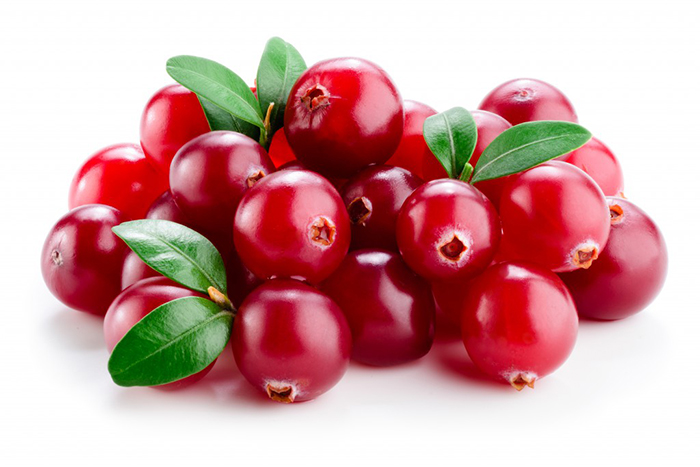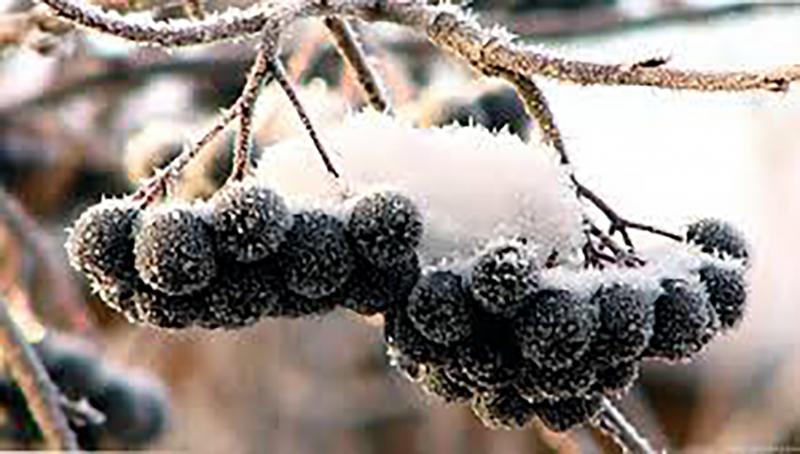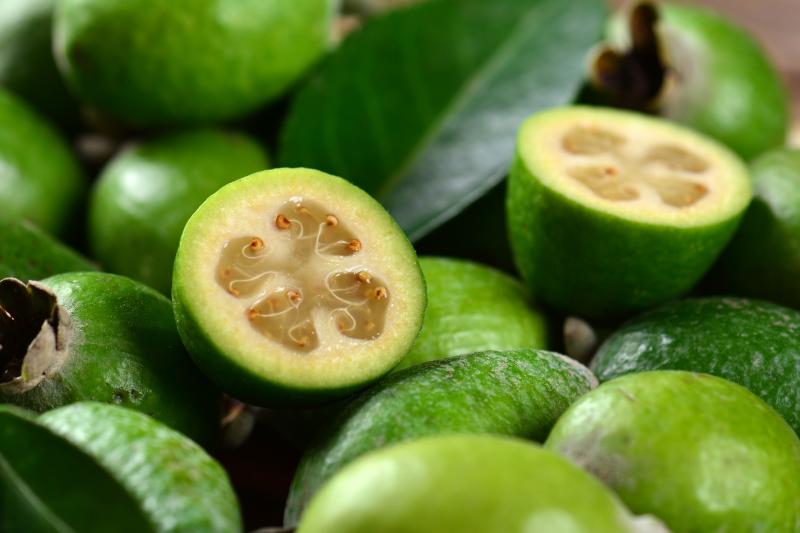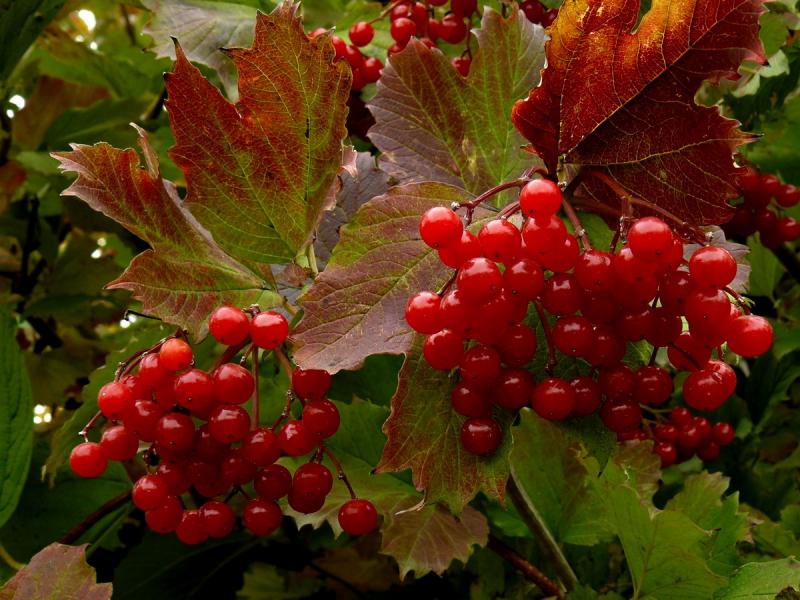All types of cranberries are creeping evergreen shrubs with rooting shoots that grow mostly in swamps or wetlands of the northern hemisphere of the Earth. The plant belongs to the heather family, like blueberries, lingonberries, blueberries, but it is used much more actively in farming, everyday life and food production. Its most popular types are marsh and large-fruited. To use them wisely, you need to know about the beneficial properties and contraindications to the use of berries and other parts of these plants.
Content
Places of growth, collection and storage of berries
All cranberries are moisture-loving. Their natural habitats are raised and transitional bogs, sphang coniferous forests, and occasionally swampy shores of oxbows and lakes. The plant is not demanding on the composition of the soil, but it is very light-requiring.
The most useful cranberries are harvested in the fall before the onset of frost. During this period, even unripe fruits can be removed, they will reach during storage. However, given the peculiarity of the places where berries grow naturally, they can often be harvested only with the onset of frost. Frozen fruits become less acidic due to the partial destruction of the organic acids they contain, but they remain tasty and healthy. You can also harvest cranberries after the snow melts. These berries taste the sweetest, but the least healthy, because under the influence of frost, organic acids and vitamins are partially destroyed in them.
Berries can be stored from harvest to harvest. The benzoic acid they contain is a natural preservative that prevents decay. Previously, cranberries were stored in wooden barrels, pouring water over the berries and sealing the container tightly. Now the harvested crop can be kept in glass jars, also filled with water and tightly sealed. An excellent modern way of preserving is quick freezing, which allows you to preserve all the usefulness of the berries.
Cranberries are also harvested dried and dried, but they retain much less nutrients. For example, 100 g of fresh or quickly frozen fruits contain 15 mg of vitamin C, and 0.2 mg in dried and dried fruits.
Useful properties of cranberries
The most useful cranberry fresh or grated with sugar, but even after heat treatment, the berries retain most of their positive qualities. Due to the wide range of chemical elements, compounds and vitamins contained in the berry, it is used as a means:
- fortifying nature, increasing immunity, cleansing the body of toxins and toxins;
- increasing resistance to various infections, fungi and putrefactive bacteria;
- prevents cell destruction by blocking free radicals;
- natural bactericide;
- stimulating the production of immunoglobulins by the body, and therefore useful in various diseases caused by infections;
- supporting the work of the heart, elasticity of blood vessels and the intensity of the hematopoietic system;
- activating the intestines and the growth of microflora;
- nourishing the nerves and the brain;
- ensuring the normal functioning of the visual centers;
- preventing sclerotic processes, tissue edema.
Benefits for women
If there are no general contraindications to the use of cranberries, then in moderation it is very useful for pregnant women as a source of essential micro- and macroelements, vitamins, a natural remedy for colds and diseases of the urinary tract, as well as their prevention.
Cranberries in the diet of a nursing mother are useful for both the woman and the child. Drinks from these berries help to increase the flow of milk, and the berries themselves will relieve the mother of depression after childbirth, chronic fatigue syndrome, and have a beneficial effect on the condition of the skin and hair. Warm cranberry juice is an excellent natural remedy for fever in case of colds or viral diseases, and a mixture of berry juice with honey helps to fight coughs.
The fruits of the plant are able to give not only health, but also beauty. Cranberry masks made from peeled berries, rubbed through a strainer, are suitable for all types of skin, rejuvenate it, brighten it, remove age spots and acne.
Cranberry for men

The berries of the plant can be used as an additional source of nutrients in the treatment of prostatitis
In addition to the general usefulness of cranberries for the human body, the stronger sex should pay special attention to this berry. It actively counteracts class E microbes and bacteria that cause inflammation in the bladder and kidneys. As you know, men are predisposed to these diseases. Therefore, in the absence of general contraindications to use, they need to include this berry in the diet, fresh or frozen.
The presence of epicatechin and catechin in the form of small molecules in cranberries has a positive effect on maintaining male strength, it is enough to drink 250-300 ml of juice of these berries a day.
Sour fruits in a child's diet
Before starting the introduction of cranberries into the child's diet, you should definitely consult a pediatrician. In the absence of general contraindications and the baby's tendency to allergies, the first few drops of berry juice can be given to the baby from six months. If there are no symptoms of a negative reaction of the baby's body to this product, the portion can be gradually increased to 30 g. For an allergic child, it is better to postpone the introduction of cranberries until the age of one year.
- Cranberry puree can be added to other minced fruits or vegetables.
- At the age of 6-9 months, juice from it in the amount of 60-90 ml per day can be given to the child no more than twice a week.
- At the age of 1-3 years, a child should not be given more than 15-20 g of berries per day.
- Cranberries are better perceived by the child's body after heat treatment - fruit drink, jelly, unsaturated compote.
- It is better for kids to give berries in the form of fruit drinks, smoothies or mousses.
Cranberries for diabetes
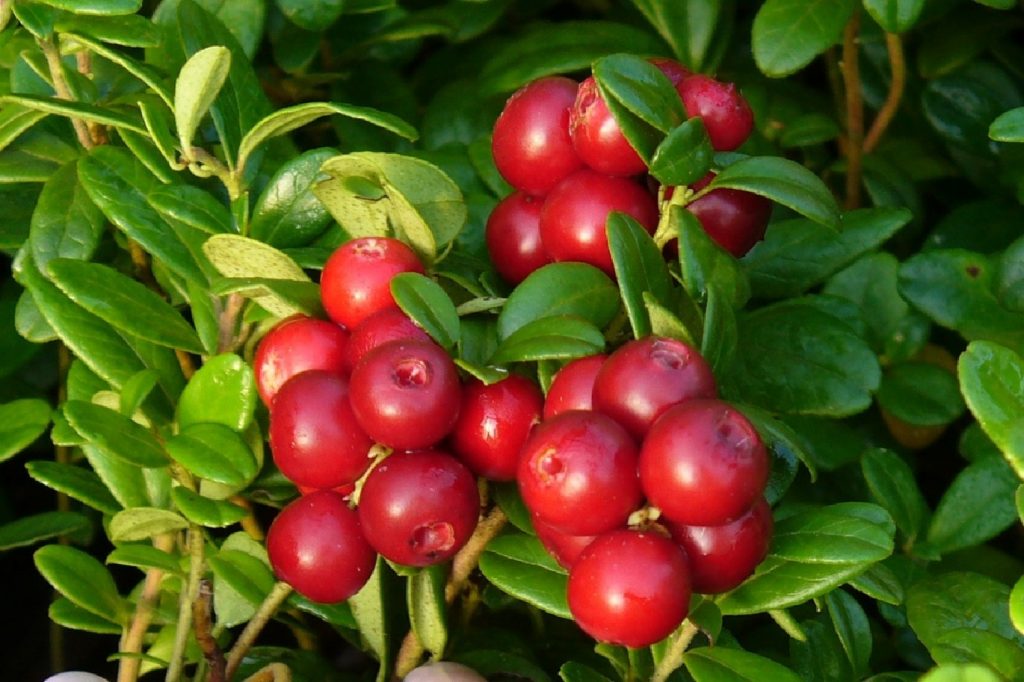
The glycemic index of fresh cranberries is 45 units, which is quite acceptable for a diabetic's diet, and the calorie content is completely negligible - 26 kcal per 100 grams
It has been experimentally established that taking 240 ml of cranberry juice daily for three months by patients with type 1 diabetes stabilizes the blood sugar content, and even reduces its level in type 2 disease.
Arterial pressure
People with hypertension, but who do not have general contraindications to the use of cranberries, are recommended to drink cranberry fresh with their usual diet. In most cases, this stabilizes and normalizes blood pressure.
Contraindications to use
Due to the high content of organic acids in berries, they cannot be eaten in any form by people suffering from pancreatitis and gastritis, as well as having an increased acidity of gastric juice.
For diseases of the liver and gastrointestinal tract, before including cranberries and products made from it in the diet, you should consult your doctor.
People with an increased sensitivity of teeth to acids are forced to stop eating cranberries.
There are cases when an individual has an allergic reaction to this berry. In this case, you should also completely abandon its use.
Prescriptions for the treatment of diseases
Official medicine and traditional healers for many and different diseases recommend introducing cranberries and products prepared from them into the diet.
General tonic
Pour half a kilo of cranberries and 1 lemon with boiling water and pass through a meat grinder, add half a glass (or more) of honey to the mixture. Take 2 tablespoons of the mixture three times a day with tea.
To lower the pressure
- Grind 2 large ripe oranges, 1 thin-skinned lemon in a meat grinder, add 0.5 kg of fresh or frozen cranberries. Can be sweetened with two tablespoons of honey. Take 1 tablespoon at the same time twice a day.
- Mix 200 g of cranberries chopped with a blender and 200 g of honey melted in a water bath. Store the mixture in the refrigerator for no more than a week. Take 1 tablespoon 15 minutes before meals.
With diabetes
Patients are advised to take daily for three months:
- 240 ml of cranberry juice mixed with freshly squeezed carrot juice in a 1: 1 ratio
or
- a cocktail whipped in a blender from 50 g of cranberry puree and 150 g of kefir.
During pregnancy
In the absence of general contraindications to the use of cranberries, 100 g of these berries in the daily diet will allow you to get rid of toxicosis, constipation and edema.
Cranberry juice is:
- an excellent diuretic,
- strengthens the immunity of a woman and a pregnant fetus,
- stimulates the work of the hematopoietic system.
With a cold
Chopped cranberries mixed with an equal weight of honey will help relieve coughs, relieve sore throat, and become an excellent diaphoretic.
With cystitis
Mix half a glass of cranberry juice with the same amount of boiling water. When cool, add one and a half tablespoons of honey. Divide the drink into 4 parts and drink during the day. The remedy is not recommended to be taken in parallel with preparations containing sulfonyls, as well as with low blood pressure and gout.
The healing properties of cranberries have long been recognized by official and traditional medicine. You should still eat berries and products made from it in moderation, and before introducing them into the diet, it is better to consult with your doctor.



